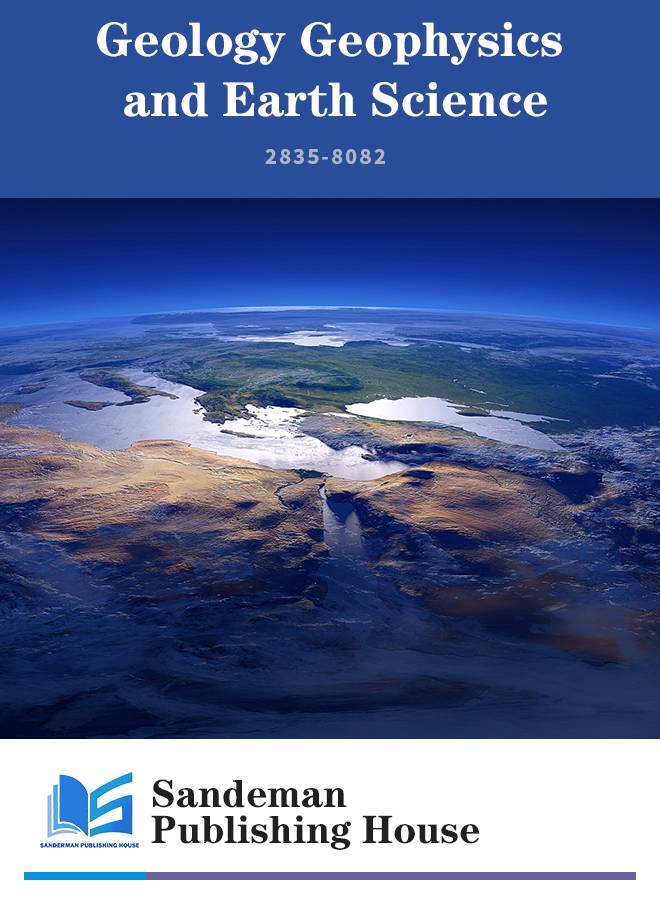Journal Browser
Announcements
more >
Calling for papers-GGES
2023-12-21
Volume 2,Issue 2 (2023) - 3 articles
The impact of gold mining on the native communities, and forests of the department of Madre de Dios (Peru)
2023.2(2);10.58396/gges020201 - 15 Jan 2024
Gold was known in Peru before the arrival of the Spanish. European mining in the 16th century operated on the coast, and in the Andes, but not in the tropical jungle. The current Peruvian department of Madre de Dios was rich in rubber, and the search for this wealth first meant a great negative impact conducted by strangers, but they created social problems, ethnocides, and destruction in the tropical forest. In 1973 gold appeared on the river beaches, in the Laberinto region. Gold is always an attraction, and the strange population comes soon with the hope of becoming rich, but this is not easy. In this large Peruvian region, gold mining is conducted with traditional means that involve washing the sand with water, and the gold is separated with mercury. The high price of gold has implied informal, and extremely negative development for people, and tropical landscapes. Peruvian authorities have not been able to control the extraction areas but have tolerated illegal activities. The negative impact on the environment devastates, according to calculations, about 150,000 hectares each year, and about 50,000 kilograms of mercury are used to amalgamate the gold.
The reasons for enormous accumulation of the geodynamic tension in Eastern Turkey: a multidisciplinary study
2023.2(2);10.58396/gges020202 - 18 Feb 2024
The catastrophic earthquakes in Eastern Turkey (Eastern Mediterranean) require their geodynamic understanding. The two most decisive events with magnitudes of 7.95 and 7.86 on 06.02.2023, followed by a series of more than 10,000 significant aftershocks. These tragic events led to the death of more than 60 thousand people. The above values indicate the colossal tension created in the Earth's crust. The region where these strongest earthquakes occurred is a complex junction zone of four tectonic plates: Eurasian, Arabian, African, and Anatolian. The joint movement of these plates (consisting, in turn, of tectonic elements of different ages) occurs at an average rate of 6–18 mm per year. After two marked powerful shocks and a series of aftershocks, some sectors of the Anatolian plate shifted to the southwest by more than 11 meters. Our recent publications indicated the presence of a giant, rotating quasi-ring structure below the Easternmost Mediterranean. This research contains significant newly obtained data. The quantitative analysis of the sat-ellite-derived gravity data indicates the lower mantle occurrence of the anomalous target. Examination of the geoid anom-alies map also testifies to the deep origin of this structure. The regional seismic tomography data confirm the presence of anomalous zones at a depth of 1500-1700 km. The GPS vector map and the comprehensive review of paleomagnetic data display the counterclockwise rotation of this structure. Analysis of the recently constructed magnetic field ΔZ pattern commonly proves the presence of this quasi-ring structure. The newly developed paleobiogeographic map is consistent with the proposed physical–geological model. A widespread analysis of tectonic, petrological, and mineralogical data implies a connection between the discovered deep structure and near-surface processes. A crucial for understanding the nature of the considered seismic stress is its location near the expressed bend of the Mesozoic terrane belt, where the Arabian Plate is deeply intruded into the Alpine-Himalayan belt. Thus, the rotation of this giant deep structure may accu-mulate the stress effect retrieved from the satellite, airborne, and surface geophysical observations. We propose that this stress, along with the known Earth’s crust seismological activity in this region, is the causative reason for the catastrophic geodynamic events in Eastern Turkey.
The contribution of neutron clusters to the formation of the cosmological constant
2023.2(2);10.58396/gges020203 - 29 Apr 2024
At present it is assumed that the so-called cosmological term in the Einstein equations of gravity is responsible for the accelerated expansion of the universe experimentally observable. However, the discrepancy between the experimental data and the estimations of the cosmological constant Λ depending on the explanatory theoretical models reaches up to 120 orders of magnitude. The present article is devoted to the development of the idea of a neutron cluster (complex) and the solution on its basis to some topical issues of cosmology, in particular the calculation of the correct value of the cosmological constant. The consideration is based on the study of solutions of the Newton-Schrōdinger equations, obtained as a c-2 expansion of the original Newton-Dirac equations for the neutron. The expressions for the potential determining the motion of a baryon (neutron) in the Newtonian interpretation of the Friedman-Robertson-Walker model of the universe are compared with the potential resulting from the solution of the N-S equations at cosmological distances. Based on this comparison, an estimate of the number of neutrons in the cluster is determined, consistent with the previously obtained by other methods. The density distribution of the number of neutrons in the cluster is determined. Some consequences of the neutron cluster model for modern cosmology are discussed.


